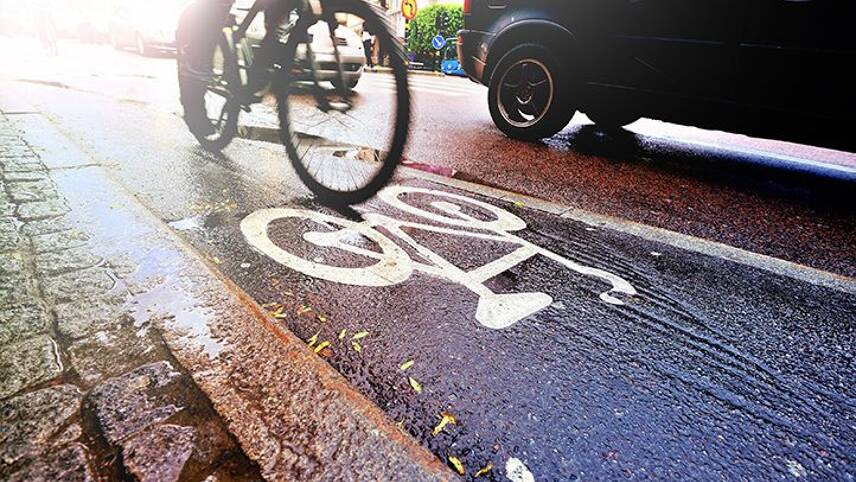Register for free and continue reading
Join our growing army of changemakers and get unlimited access to our premium content

The guide is free to download for edie users
The new Green Alliance report, published on Wednesday (8 December), notes that the UK Government has implemented some welcoming policies in an attempt to decarbonise the transport sector, but that a more holistic approach that encompasses different modes of transport, like cycling, walking and transport is required.
Transport overtook power generation to become the UK’s highest-emitting sector in 2016, largely because more renewable energy was coming online as coal was coming offline. Indeed, the sector is one of the few in the UK where emissions have been gradually and steadily increasing.
According to Government statistics, territorial carbon emissions from transport in 2020 sat at 97.2 megatonnes, which are 22.5% lower than 1990 levels. While progress has been made, the sector still accounts for 29.8% of the UK’s total emissions.
The Green Alliance’s study analysed fast, medium, and slow EV sales trajectories in the period up to the UK’s 2030 ban on the sale of new petrol and diesel cars. The faster trajectory of sales is based on recommendations from the Climate Change Committee, while the medium is based on the Government’s prediction of average sales rates.
The slow trajectory is the Department for Transport’s ‘worst-case’ scenario, of only 50% of vehicles sold in 2030 being purely electric.
The study found that, even under the medium sales trajectory, the average annual mileage per car would have to fall by around 1,700 miles if emissions targets are to be met. Under the slow sales trajectory, the annual average mileage per car would need to be cut by almost 30%, or 2,300 miles a year fewer, to keep emissions on track.
The Green Alliance’s senior policy adviser Helena Bennett said: “Switching to electric vehicles is the top priority for cutting emissions from cars, but it can’t be the only tool used to make transport greener.
“Better and more affordable public transport, safe cycle routes and walkable places must be a centrepiece of the government’s transport strategy.”
The research also found that shifting 1.7% of car journeys to walking or cycling could provide up to £2.5bn in health benefits annually, while reducing congestion would deliver an economic boost as the cost of congestion was estimated to be almost £8bn in 2018.
The research also noted that while the government has introduced a zero-emission vehicle mandate for company car sales, it has not yet unveiled levels for these targets.
The findings echo analysis from the IPPR, which found that the Government’s efforts to decarbonise transport are focusing too much on electric vehicles (EVs) and could fail to provide affordable and clean transport alternatives that cut overall car use.
IPPR analysis of the Climate Change Committee’s Sixth Carbon Budget advice suggests that efforts to decarbonise road transport through the uptake of EVs could deliver an 11% increase in car traffic by 2050 and a 28% increase in car ownership. The analysis expresses concern about the resources required to accommodate the 28% increase in car ownership – equivalent to around 43.6 million vehicles.
Instead, the IPPR is calling for transport to be decarbonised in line with the net-zero target in a way that encourages greater uptake of public transport, cycling and walking.
Matt Mace


A key issue with this is that only 20% of car emissions come from journeys that are short enough to cycle or have any public transport available. Thats because , even though most strips are short trips, most CO2 comes from the longer trips. 50 1 mile car journeys emit the same CO2 as 1 50 mile journey.
So although we clearly need more walking and cycling and public transport, we need to focus far more attention on increasing car occupancy as the best way to reduce car miles.